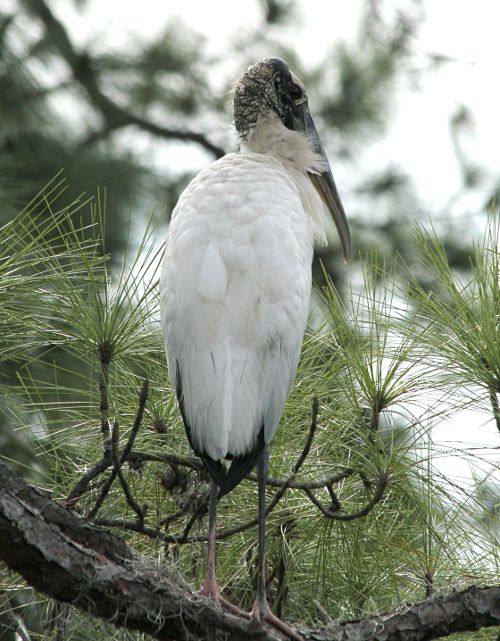Wednesday, May 2nd, 2012
Alligator Lake Park has happily posted a large trail map at the north parking area. There is apparently an entire hidden loop, or near loop, that we didn’t know about. They continue to insist on measuring trail lengths not in distance but in the time a theoretical individual who is nothing like me might take, I’m guessing walking briskly and not stopping to look at anything and certainly not taking any pictures, or perhaps a leisurely jogger’s time. We spend three to four times their estimate to walk the main loop.
We were not terribly successful at our other adventures for this trip. Our normal lunch shop has been forcibly closed by the tax collectors, and we never made it beyond the parking lot of San Felasco the next day because it was raining.
We’ve seen lots of ant lion traps on our last couple of outings. The larvae dig inverted cones into the sand, bury themselves at the nadir and chomp on ants that fall into their trap.
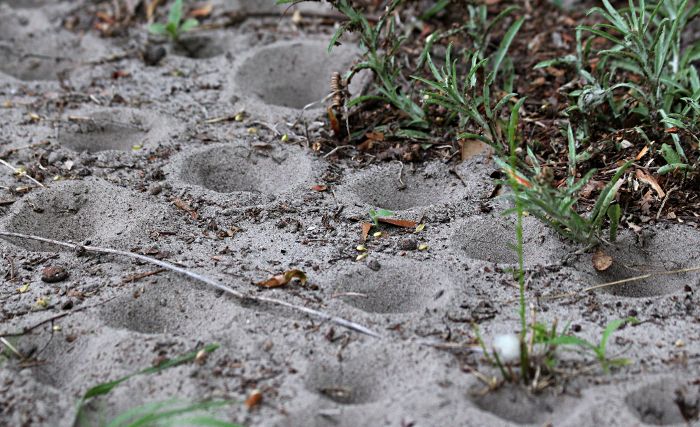
Another larvae that look nothing like the adults, a lady bug:
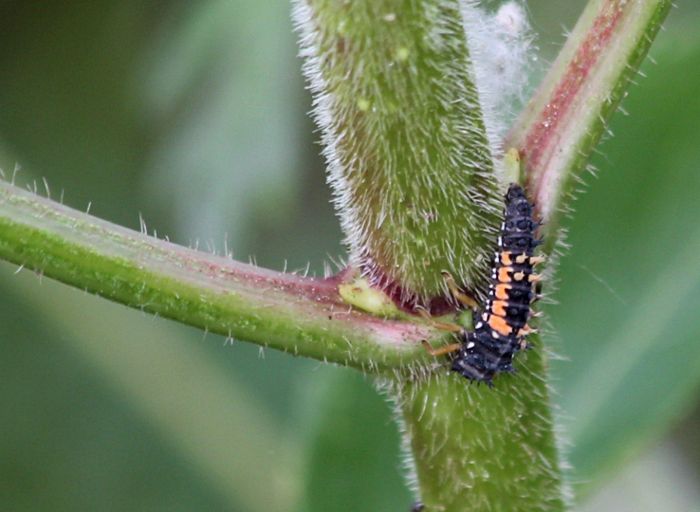
We saw a couple of these, I think greater yelllowlegs.
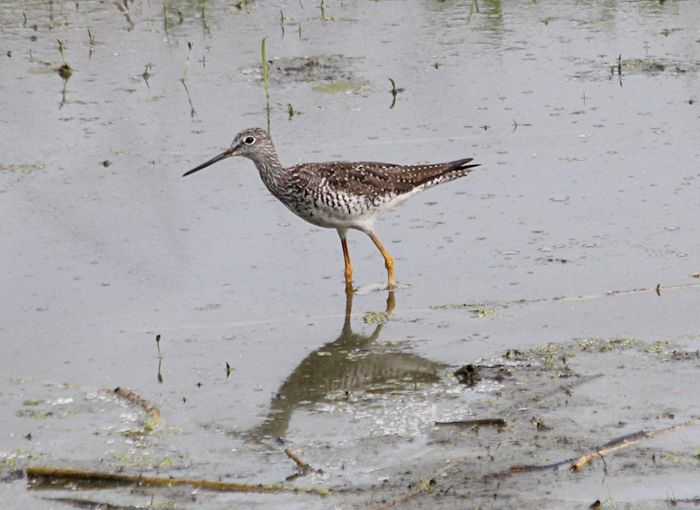
There were also several glossy ibis at the lake, and our first identification of blue winged teal behind.
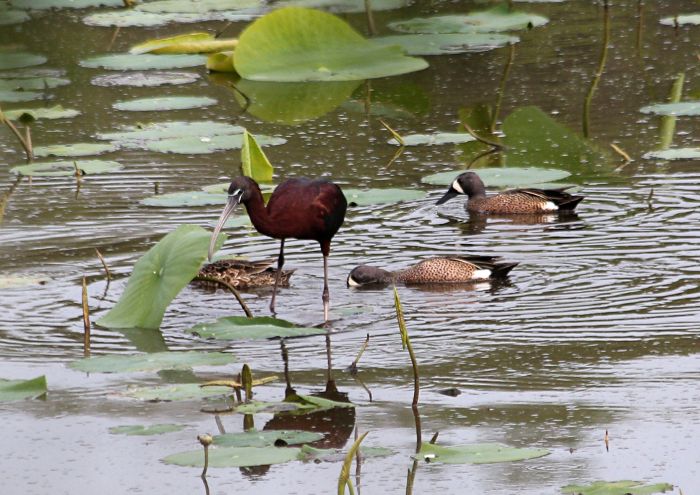
A large juvenile little blue heron, just starting to change colors
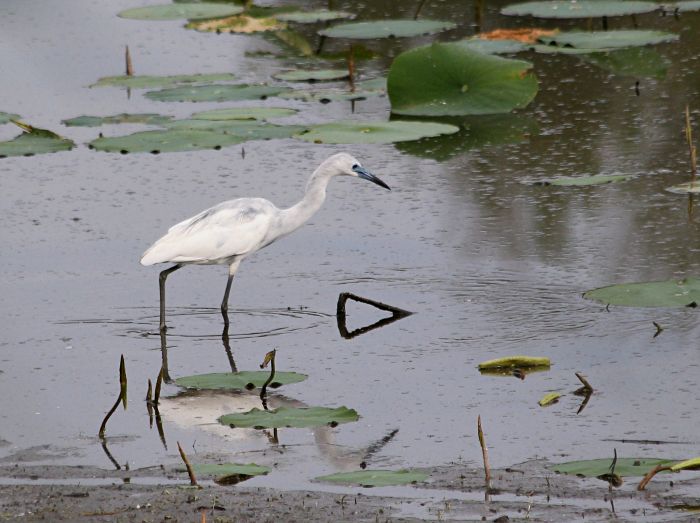
American Lady. Mike took this one.
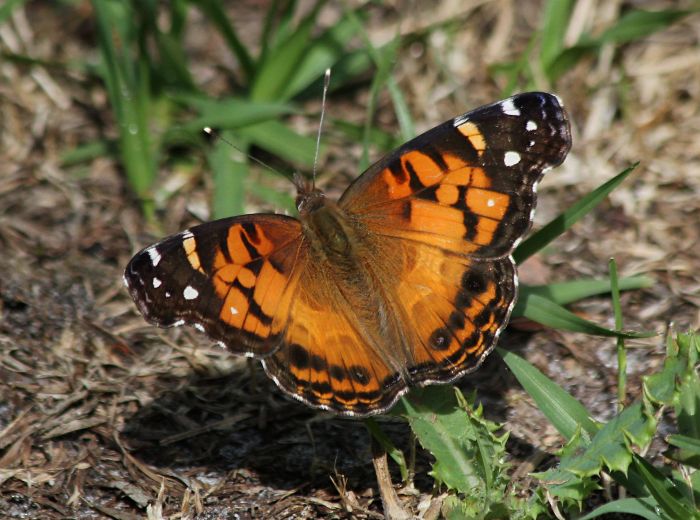
Another first identification for us, a question mark butterfly
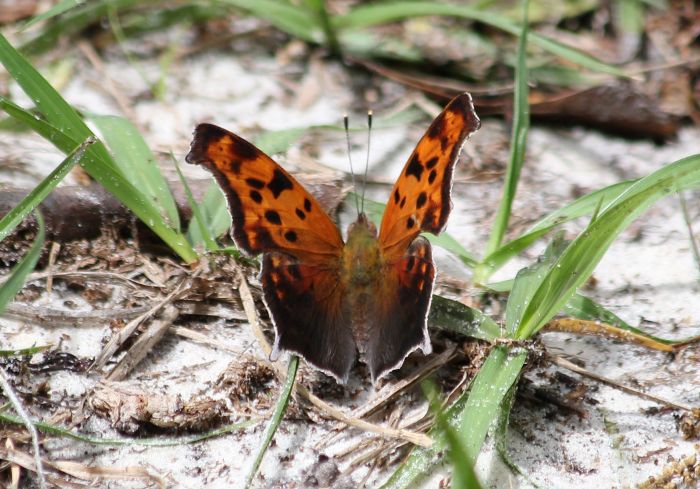
Thursday, April 12th, 2012
On this trip to Sawgrass Lake Park in mid March, we saw many of these bold bugs stalking the boardwalk railings. They were obviously aware of us when we walked by, and postured like they were willing to defend themselves from us if needed. And with a mean spike of a mouth (rostrum), a bite would probably be unpleasant. Once home, Mike identified these as assassin bugs.
They use the long rostrum to inject a lethal saliva that liquefies the insides of the prey, which are then sucked out. The saliva is generally made up of proteinaceous materials and digestive enzymes which are used to predigest (generally referred to as Extra-Oral Digestion – EOD).[1] The legs of some of these bugs are covered in tiny hairs that serve to make them sticky to hold onto their prey while they feed. The saliva is commonly effective at killing substantially larger prey than the bug itself.
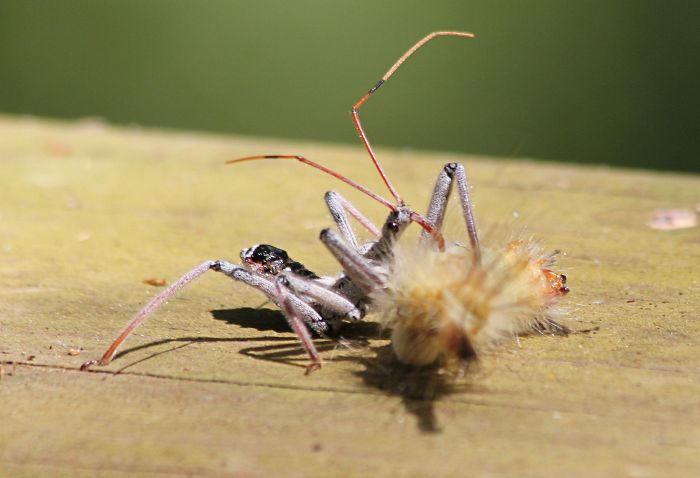
The incredibly common squirrels are usually the noisiest thing in the forest except for humans.
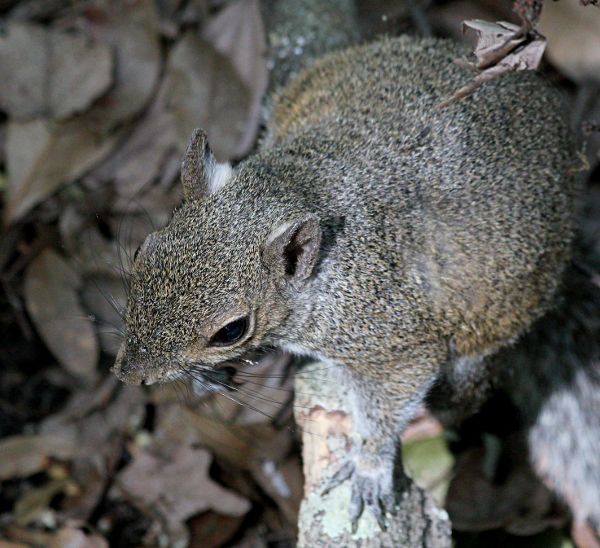
Two white peacocks on beggar-ticks
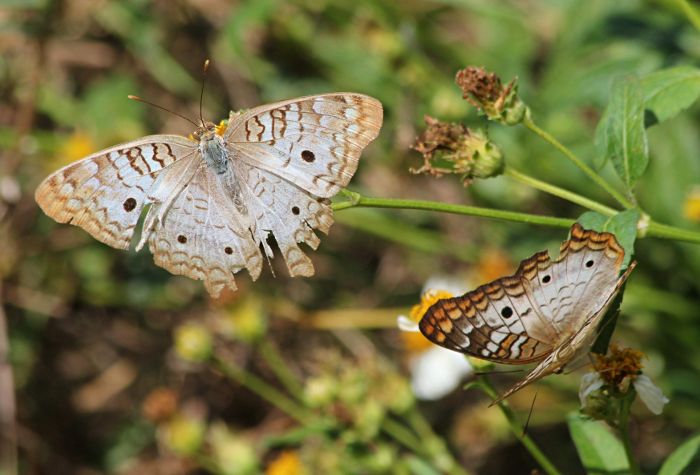
Many sulphurs were congregating on this bottlebrush tree.
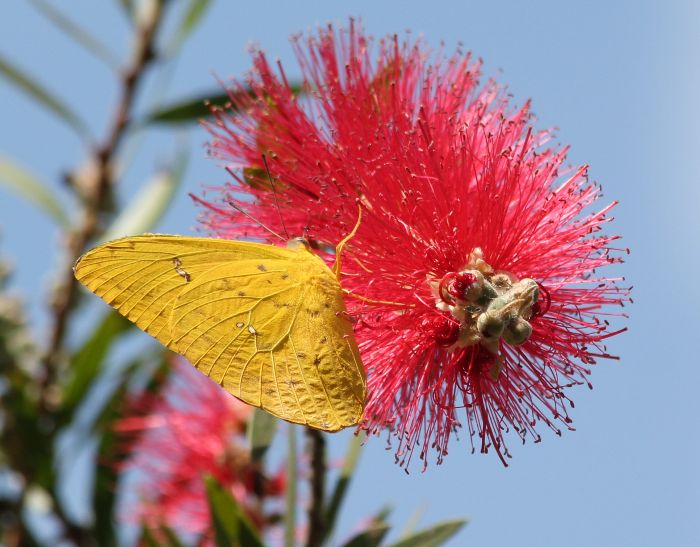
A lone spicebush swallowtail danced around the same tree for many minutes, longer than we stayed in fact, pausing at every flower, but never stopped beating its wings. I took many blurry pictures as I tried to get the focus and exposure right.
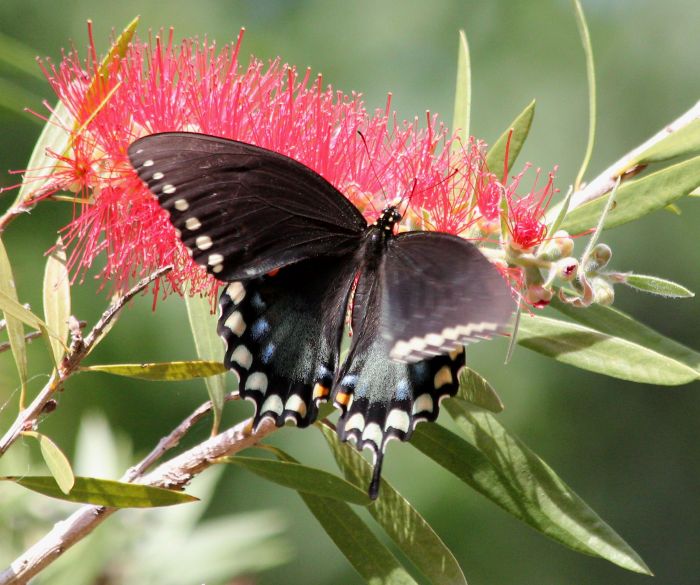
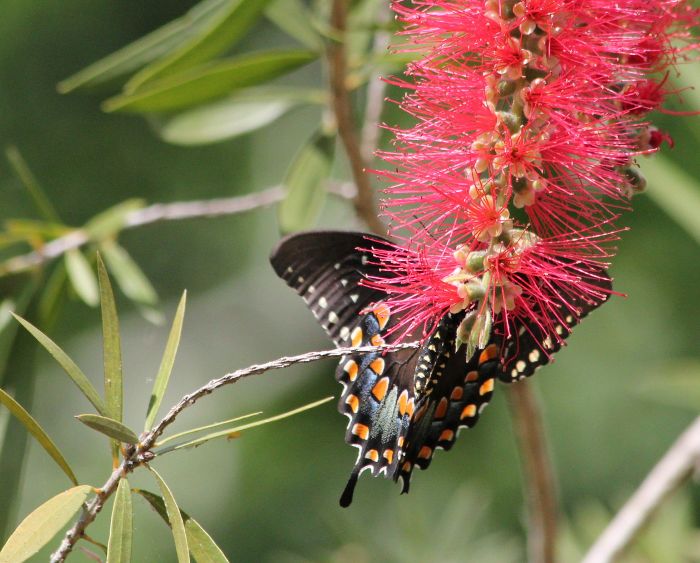
A red-eared slider and cooter, in typical sunning position, feet out and nose to the sky.
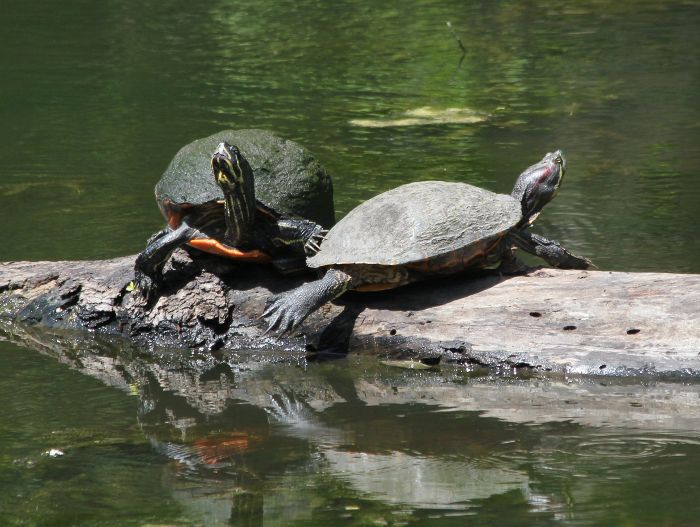
A first for me, seeing an alligator, and a plenty large one at that, leave the waters edge and saunter up over the paved path to the next pond. The fellow in my picture was far closer than I would feel comfortable with.
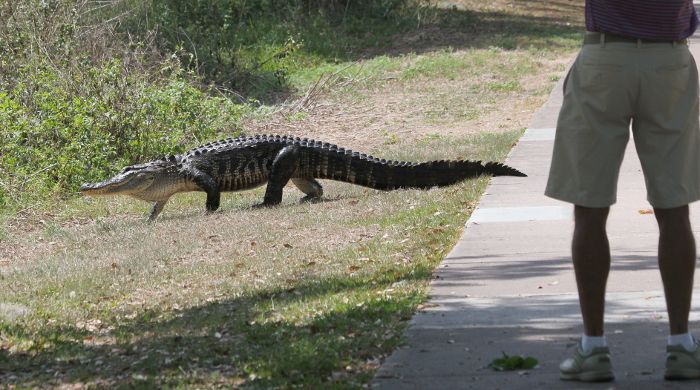
Saturday, March 31st, 2012
I dropped my backpack on the way to Caladesi Island State Park in February. When we arrived, I found the kit lens had not survived the fall. At least that was the cheapest thing to replace. And now, along with the replacement kit lens I have a 60mm prime to play with too.
It had rained recently, and the resurrection ferns covered every oak branch.
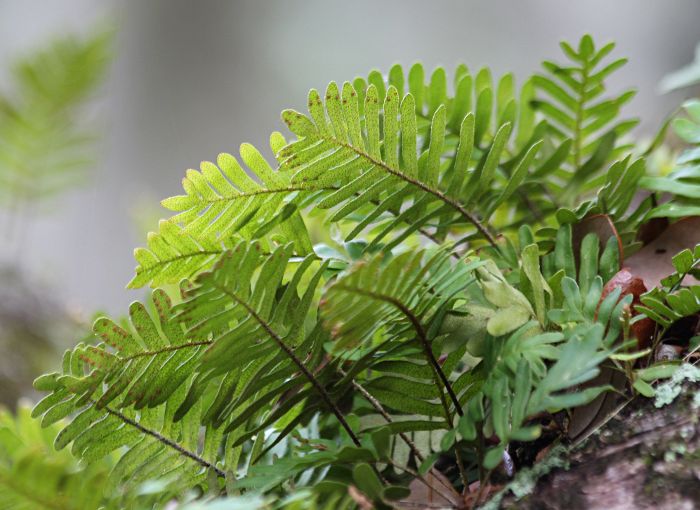
We heard buzzing nearby and found two wild bee hives near the trail.
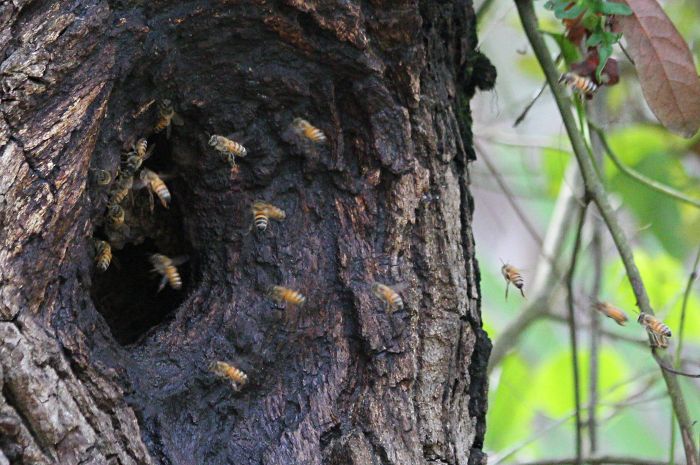
Past the oaks and moving back into pine, we saw what looked like a large abandoned osprey nest, very high up in a dead tree. But after noticing some movement, a fuzzy owl chick, and then a second peeked over. We think they are Great Horned Owls, and are the first owls we’ve seen in Florida, athough we’ve heard far away hooting several times.
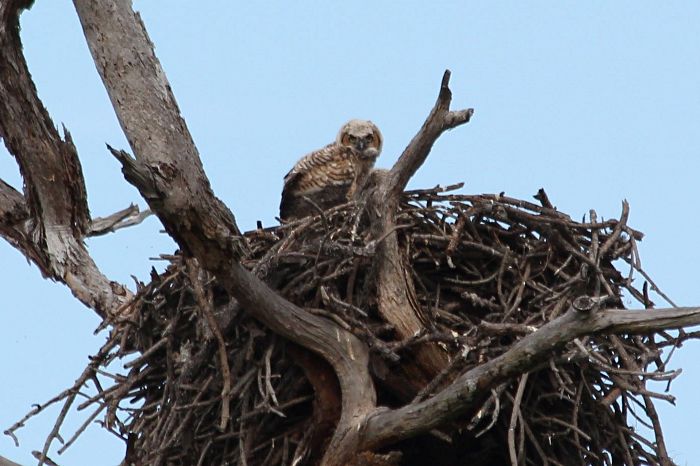
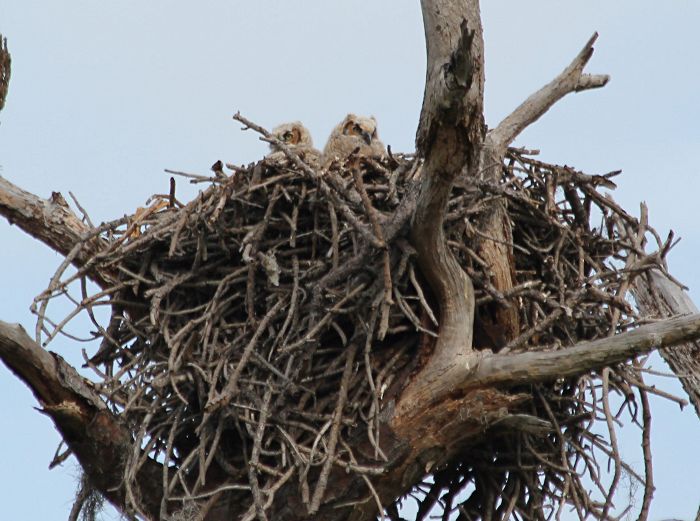
Back at the marina, waiting for our return ferry, two gopher tortoises strolled onto the grass, not at all bothered by all of the people.
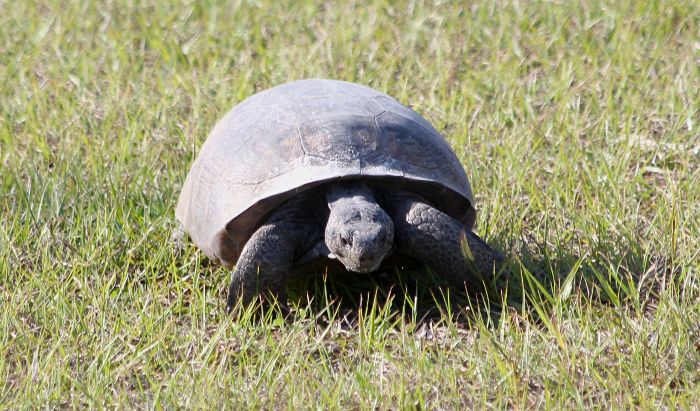
Saturday, March 31st, 2012
In February we visited a new park, Alafia River State Park. The park, the site of an abandoned phosphate mine, is mainly for equestrian and mountain biking use, but there is one foot path.
The excavations from the mine have left pits and mounds, some of the hilliest terrain in the otherwise mostly flat state.
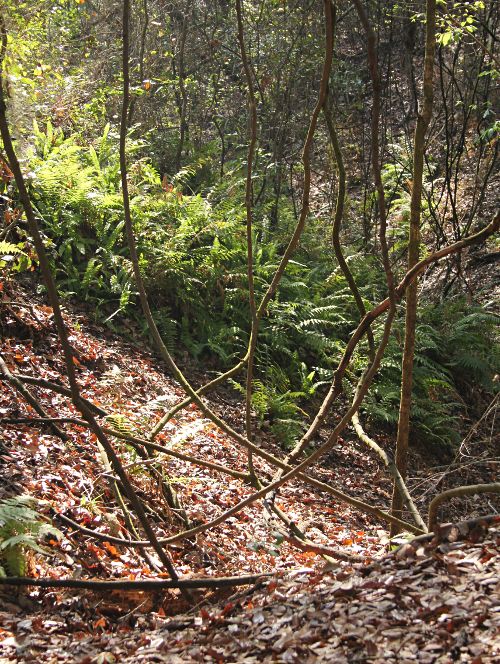
A shy black crowned night heron, one of the few birds we saw on the walk.
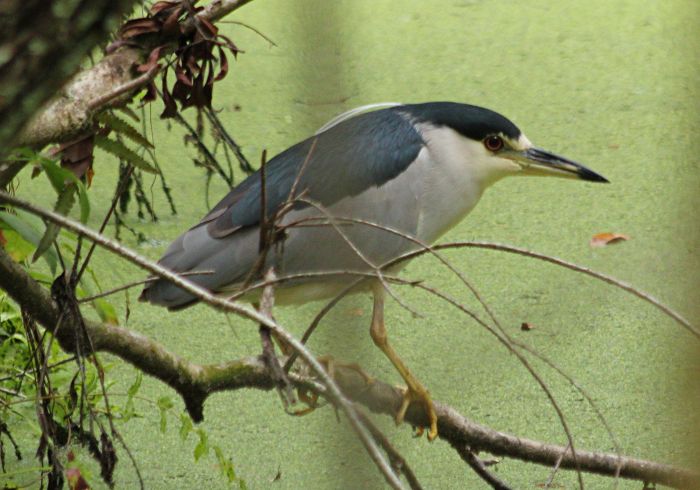
These may be juvenile assassin bugs and eggs.
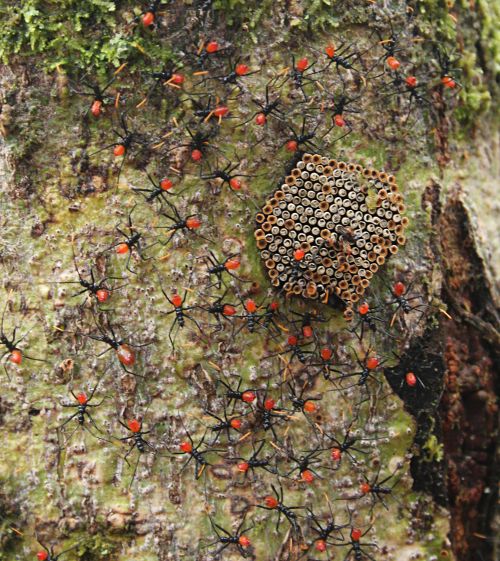
The excavation from the mining left fossils exposed that otherwise would be burried, so this was a good place to look for sharks teeth.

Tuesday, February 21st, 2012
Sawgrass Lake Park the same day as the wood storks and great egrets.
I thought these were female mallards at the time, but it turns out that there is a related species, the mottled duck, which looks very similar.
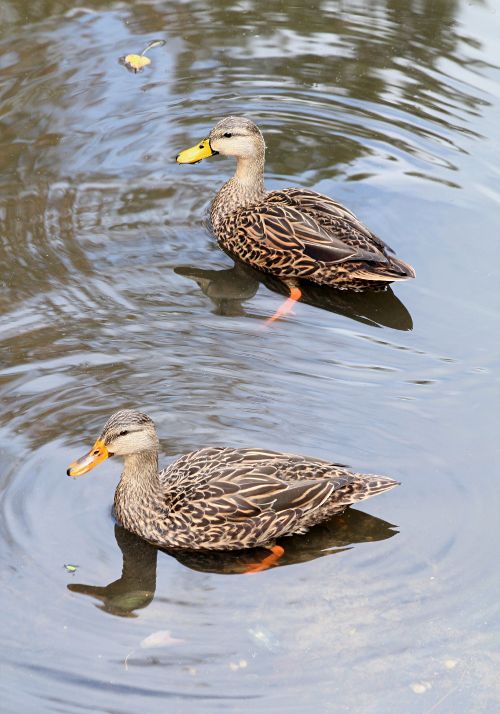
This one has several male mallard characteristics, and seemed to be doing fine despite the slightly mangled bill.
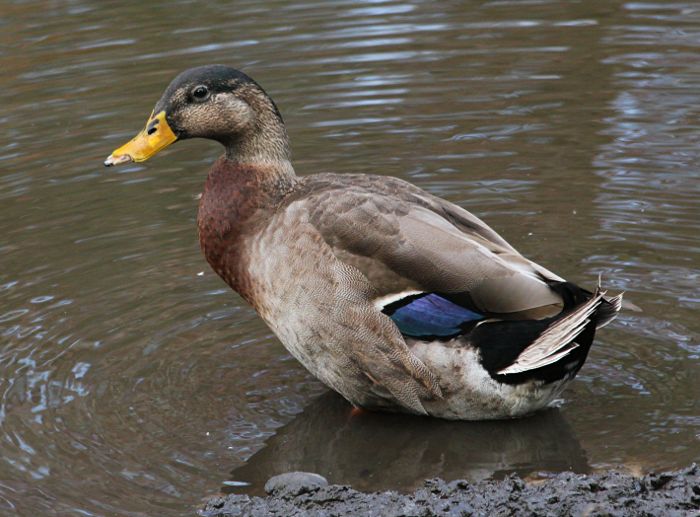
Several limpkin were out that day.
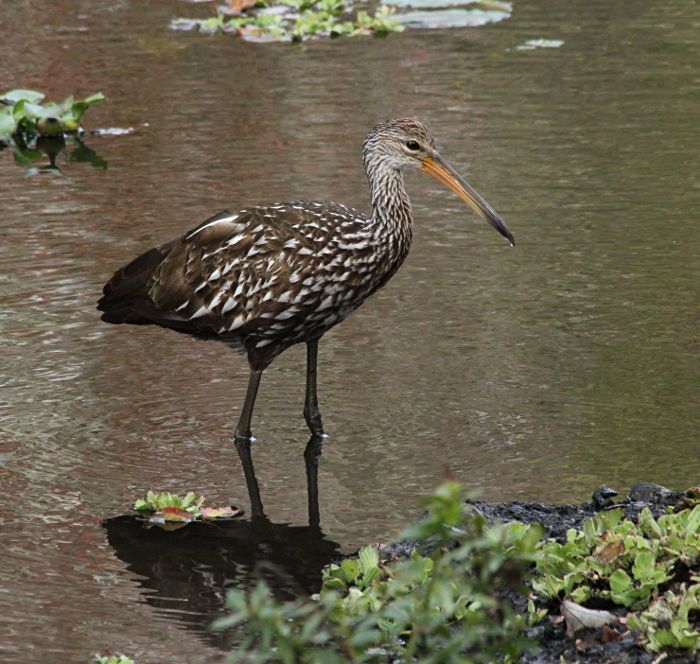
Probably a palm warbler, in winter plumage they loose their chestnut cap.
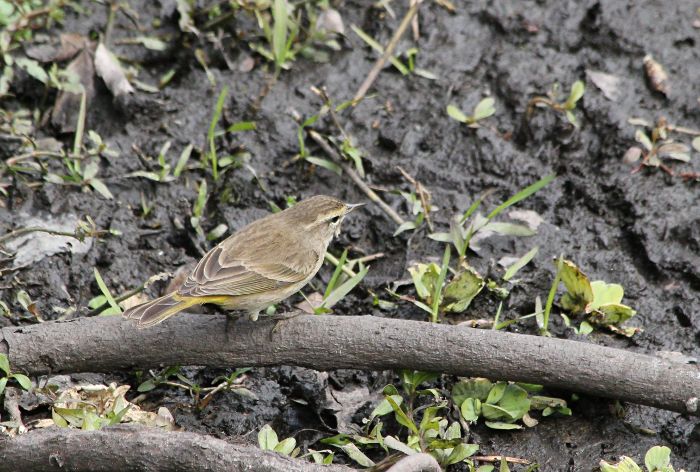
There were at least five young alligators loitering together.
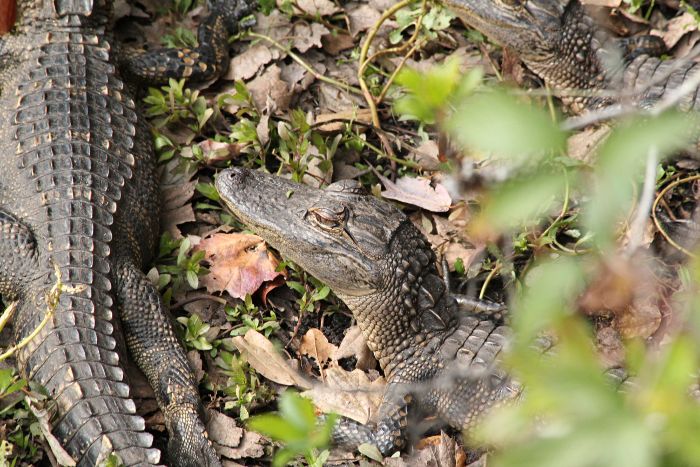
Tuesday, February 21st, 2012
While we’re all waiting for my replacement kit lens to arrive after smooshing it last weekend, here are some wood storks and great egrets congregating in a pine tree near our home from early January. We generally see both species alone and on the ground, but the egrets have their flowing breeding plumage, so perhaps they were feeling more social.
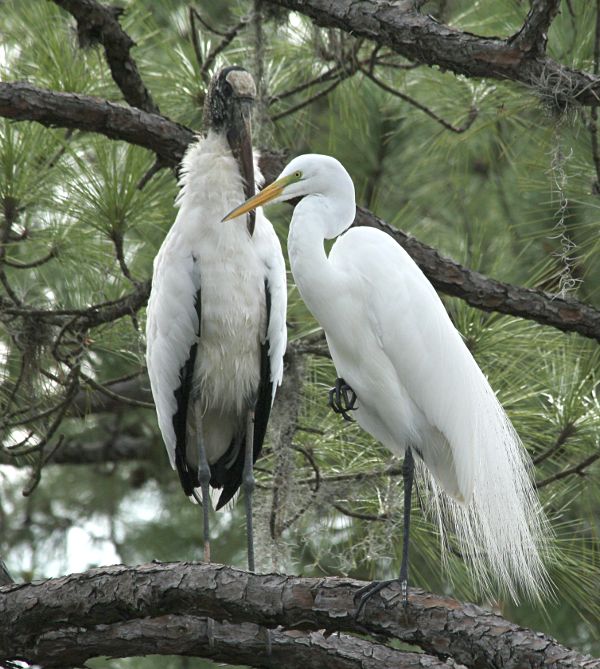
Wood storks have such crusty, carved wax looking heads
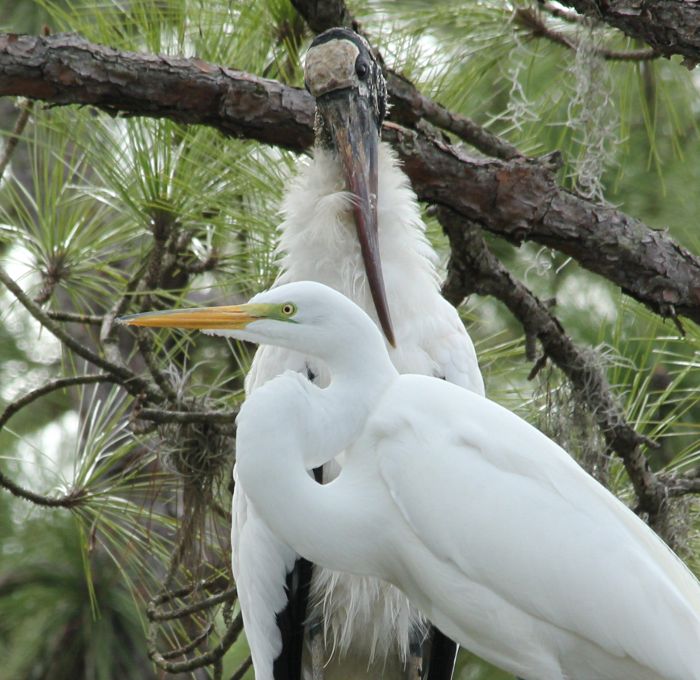
I believe Mike had the camera for this one.
